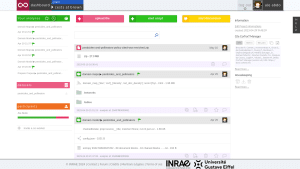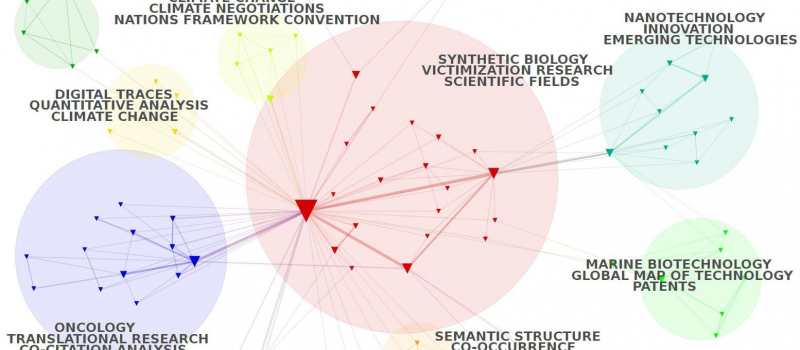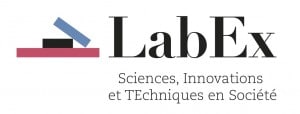@article{Penteado2021d,
title = {Mapeando a dinâmica da informática médica: uma análise bibliométrica do campo científico},
author = {Bruno Elias Penteado and Marcelo Fornazin and Leonardo Castro and Sandro Luis Freire},
url = {https://www.reciis.icict.fiocruz.br/index.php/reciis/article/view/2395},
doi = {10.29397/reciis.v15i4.2395},
issn = {1981-6278},
year = {2021},
date = {2021-12-01},
journal = {Revista Eletrônica de Comunicação},
volume = {15},
issue = {4},
pages = {869-889},
abstract = {A saúde digital é um assunto emergente em fóruns acadêmicos, nas políticas públicas e nas organizações de saúde. Supondo que a saúde digital deriva de conhecimentos da informática médica, este artigo apresenta resultados de uma pesquisa bibliométrica sobre a evolução conceitual e tecnológica do campo da informática médica nas últimas décadas, enfatizando aspectos metodológicos. O trabalho realizou bibliometria em metadados de 100 mil artigos indexados sob a categoria ‘medical informatics’ na base de dados Web of Science entre os anos de 1960 e 2020. Foram realizadas análises longitudinais com utilização dos softwares Bibliometrix e CorText em três eixos: quantidade de publicações, países dos autores e palavras-chave. Conforme a hipótese metodológica que orientou o estudo, as mudanças terminológicas verificadas ao longo do tempo oferecem uma visão aproximativa das mudanças conceituais e tecnológicas do campo de pesquisa da informática médica. Os resultados mostram que esse campo de investigação apresentou crescimento consistente ao longo das últimas seis décadas, expandindo-se para diferentes países. As mudanças terminológicas e conceituais detectadas pela análise de palavras-chave permitiram a identificação de períodos temporais definidos, associados a rótulos genéricos como ‘health informatics’, ‘e-health’. O rótulo ‘medical informatics’ é recorrente como termo mais geral a designar o campo de aplicação, em razão de sua adoção por associações científicas internacionais a partir da década de 1970. Nos últimos cincos anos, pode-se identificar a emergência do termo ‘digital health’, que possivelmente será o conceito dominante na década que se inicia. A análise de palavras-chave também indica a associação entre mudanças terminológicas e de tecnologias, o que reforça as relações entre conceitos e aplicações tecnológicas de cada período.
Digital health is an emerging topic in academic forums, public policies, and healthcare organizations. Assuming that digital health derives from previous medical informatics knowledge, this work presents findings from a bibliometric study on medical informatics technological and conceptual evolution in the last decades, emphasizing methodological aspects. We performed a bibliometric analysis in metadata from 100,000 papers indexed under the category ‘medical informatics’ in the Web of Science database between 1960 and 2020. Longitudinal analysis using software Bibliometrix and CorText were conducted in three axes: frequency of items, authors’ countries, and keywords. Based on the methodological hypothesis guiding the study, the changes in keywords over time offer a proxy view on the conceptual and technological changes in the medical informatics research field. The results show that medical informatics consistently grew over the last six decades, expanding to several countries. Conceptual and technological changes that emerged from the keyword analysis supported the identification of well delimited periods related to general labels, such as: ‘health informatics’ and ‘e-health’. The ‘medical informatics’ is recurring as a general label due to international scientific associations’ adoption since the early 1970s. Moreover, in the last five years, we could identify the term ‘digital health’, which will probably be a major label in the next decade. The keyword analysis also showed the association between labels and technological changes, adding more evidence that these changes are related to concepts and technological applications.},
keywords = {},
pubstate = {published},
tppubtype = {article}
}

 Cortext Manager is our current main attraction, a publicly available web application providing data analysis methods curated and developed by our team of researchers and engineers.
Cortext Manager is our current main attraction, a publicly available web application providing data analysis methods curated and developed by our team of researchers and engineers.








